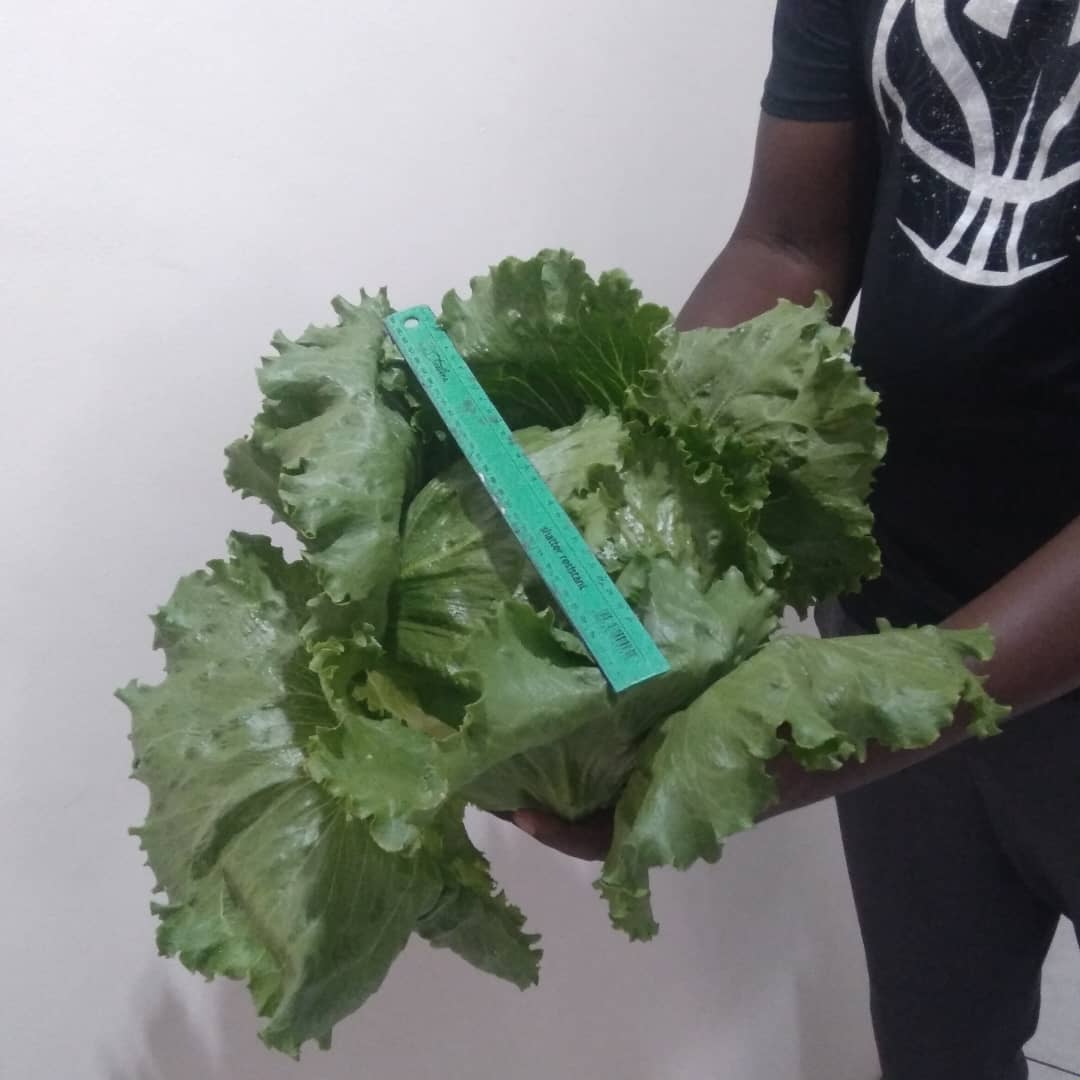Transforming Barren Land into a Green Oasis: A Success Story at Isaiah’s Children Home
- Written by: Tafadzwa Masviba
.jpg)
In a remarkable initiative that showcases the power of community engagement and sustainable practices, a previously barren piece of land at Isaiah’s Children Home has been converted into a vibrant garden brimming with life.
This transformation is the result of the collaborative efforts between the High Impact and Horticultural School initiatives, which aim to promote agricultural education and enhance food security in Bulawayo local communities.
The newly established garden boasts an impressive array of 12 different varieties of vegetables, each selected for their nutritional benefits and suitability to the local climate. Among these vegetables are staples such as tomatoes, carrots, spinach and lettuce, all chosen not only for their taste but also for their essential vitamins and minerals that contribute significantly to children’s health.

This initiative is pivotal in addressing nutritional deficiencies often faced by children in under-resourced environments.
With access to fresh vegetables from their own space, the children at Isaiah’s Children Home will experience improved nutrition that is vital for their growth and development. The incorporation of these vegetables into daily meals will not only enhance their diet but also educate them about healthy eating habits.
In addition, the High Impact and Horticultural School initiatives play a crucial role in this change by providing hands-on training to both children and staff at Isaiah's Children Home.
Participants learn about sustainable farming practices, soil management, pest control and crop rotation techniques.
This educational component ensures that the knowledge gained extends beyond mere gardening; it empowers children with skills that can be beneficial throughout their lives.
The green oasis at Isaiah’s Children Home exemplifies how targeted initiatives can lead to significant improvements in nutrition and education for vulnerable populations. It stands as a testament to what can be achieved when communities come together with a shared vision for better health outcomes.
